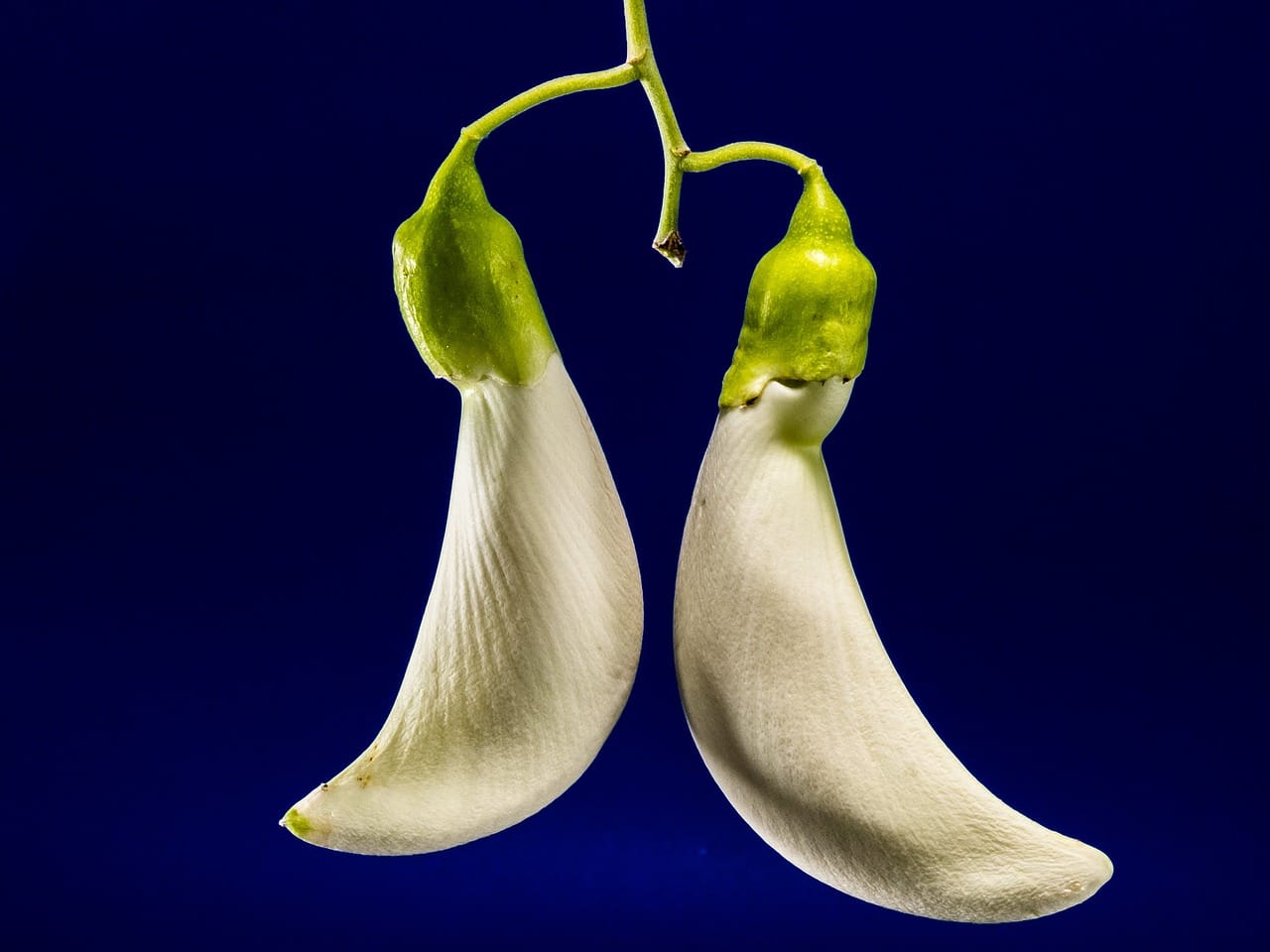Katuray, also known as Sesbania grandiflora, is a remarkable plant renowned for its multifaceted benefits.
Welcome to benefits of Katuray, from its role in traditional medicine and agriculture to its nutritional and culinary applications, this small tree has proven to be an invaluable resource in tropical and subtropical regions.
Katuray, often referred to as the “miracle tree,” Katuray offers environmental, economic, and health advantages, making it a vital part of many communities’ lives and cultures. This article explores its history, characteristics, uses, and much more.
History of katuray Tree
Katuray, commonly known as the Agati or vegetable hummingbird, is a small, fast-growing tree native to Southeast Asia and South Asia.
It has been cultivated for centuries due to its remarkable versatility and benefits, earning a special place in traditional medicine, agriculture, and cuisine.
Historical texts from ancient India and Southeast Asia mention its medicinal and nutritional properties. In India, the tree has been linked to Ayurvedic practices where its leaves and flowers were utilized for treating various ailments.
Similarly, in Southeast Asia, it was an essential component of both rural and urban gardens, valued for its ability to provide shade, food, and medicinal remedies.
The spread of Katurai across tropical regions is attributed to early trade routes and agricultural exchanges. Traders and settlers carried its seeds to new lands, recognizing its potential to thrive in diverse environments.
Over time, it became deeply embedded in local traditions and practices, with its flowers often symbolizing renewal and nourishment in various cultural rituals.
Its historical use in soil fertility improvement and erosion control further highlights its role in sustainable farming practices, making it a cherished plant across generations.
Botanical Characteristics of Katuray
Katuray is a medium-sized tree that can grow up to 10 meters in height. It has feathery compound leaves and produces large, pendulous flowers that are usually white or red.
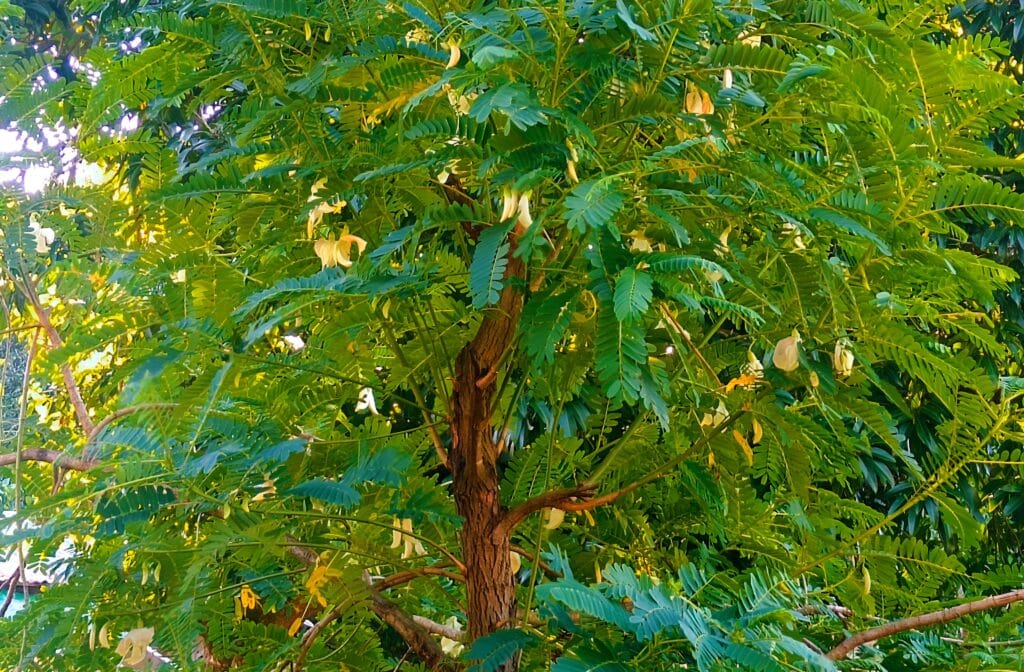
The tree thrives in tropical and subtropical climates and grows well in sandy or loamy soils. Its rapid growth and nitrogen-fixing ability make it an excellent choice for degraded lands.
Benefits of Katuray
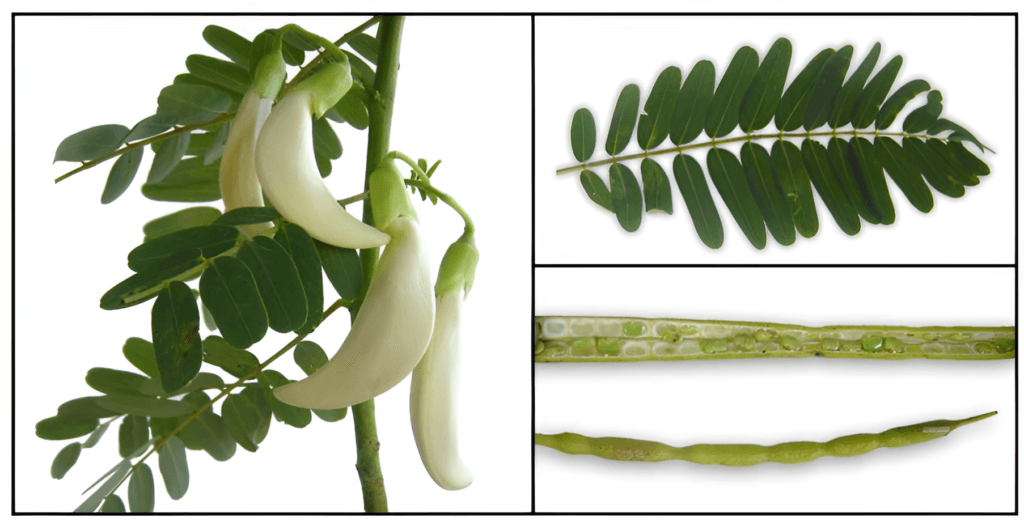
Here are the 10 benefits of Katuray
- Medicinal: The leaves, flowers, and bark are used in traditional medicine to treat ailments such as fever, infections, and digestive issues.
- Agricultural: The tree provides shade for crops and serves as fodder for livestock.
- Culinary: Its flowers, leaves, and pods are edible and widely used in Southeast Asian dishes.
- Fodder: Katurai leaves are a nutritious feed for livestock, providing essential nutrients for cattle and goats.
- Timber and Fuelwood: The tree’s lightweight wood is used for making small furniture, tools, and fuelwood.
- Ornamental Planting: Its beautiful flowers and foliage make it a popular choice for landscaping and ornamental planting.
- Green Manure: When pruned, its leaves can be incorporated into soil as a natural fertilizer, enhancing crop yield.
- Pest Control: Extracts from its leaves and bark have been used traditionally to repel pests in agricultural settings.
- Craft Materials: The softwood can be used to create handicrafts and lightweight items, supporting local artisans.
- Erosion Control: Its robust root system helps stabilize soil on slopes and riverbanks, reducing the impact of erosion.
Environmental Benefits of Katuray
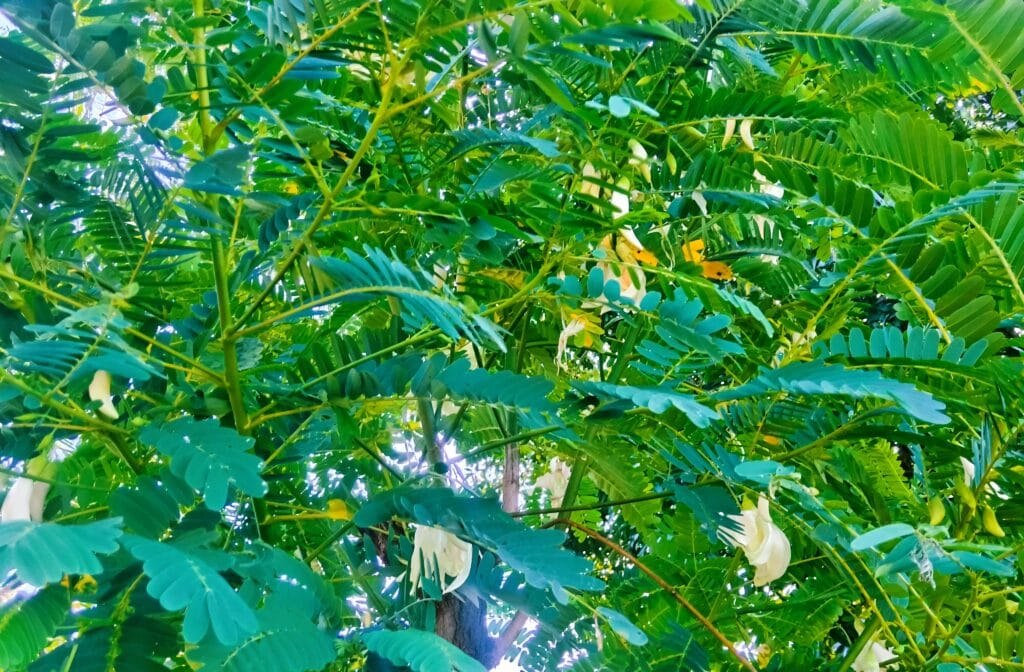
Here are the Environmental Benefits of Katuray
- Soil Enrichment: Katuray is a nitrogen-fixing plant, which means it enriches the soil by converting atmospheric nitrogen into a form usable by plants.
- Erosion Control: Its dense root system helps prevent soil erosion, especially in areas prone to flooding.
- Biodiversity Support: The flowers attract pollinators such as bees, butterflies, and hummingbirds, enhancing local biodiversity.
Economic Significance of Katuray
Katuray contributes to local economies by providing raw materials for various products. Its leaves and flowers are sold in markets, while the tree itself is used for fuelwood and timber. Additionally, it supports apiculture by attracting bees for honey production.
Conservation and Challenges
While Katuray is not considered endangered, its cultivation faces challenges such as land conversion and overharvesting. Conservation efforts include promoting its sustainable use and integrating it into agroforestry systems to ensure its long-term availability.
Interesting Facts about Katuray
In this section, we’ll explore the remarkable facts about Katuray:
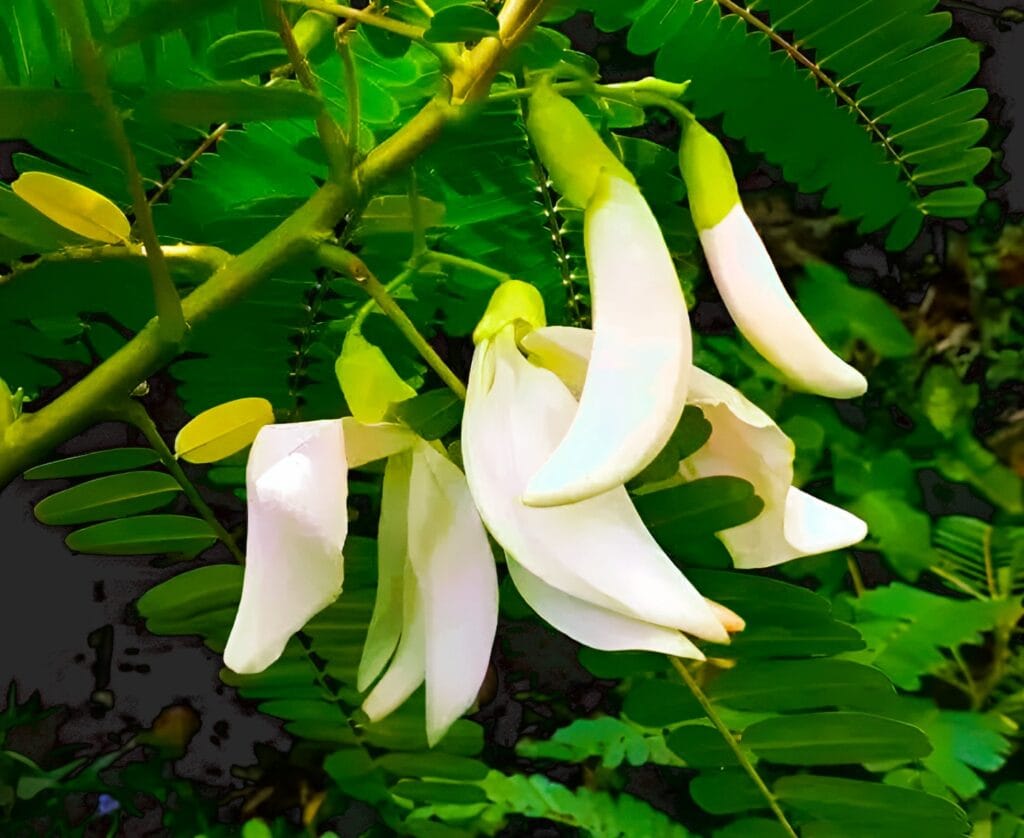
- The flowers of Katurai are known for their distinct, mild flavor, making them a favorite ingredient in soups and curries.
- It is sometimes called the “miracle tree” due to its wide-ranging benefits.
- In some cultures, Katurai is believed to have spiritual significance and is used in traditional rituals.
- The tree’s flowers open at night, making them a unique nocturnal bloomer.
- It is known to have a cooling effect when used in herbal remedies, particularly in tropical climates.
- In traditional Indian culture, Katurai is associated with purity and is used in religious ceremonies.
- The tree can grow in saline soils, showcasing its adaptability to challenging environments.
- Katurai wood is so lightweight that it has been used in crafting musical instruments in certain cultures.
Culinary Uses of Katuray
Katurai flowers, leaves, and pods are commonly used in various cuisines. The flowers are often added to soups, stir-fries, and omelets, while the young leaves are used as a vegetable. In the Philippines, Katuray is a staple ingredient in dishes such as “Dinengdeng” and “Bulanglang.”
Nutritional Benefits of Katuray
Katuray is a nutritional powerhouse. Its flowers and leaves are rich in vitamins A and C, calcium, phosphorus, and dietary fiber. They also contain antioxidants that boost the immune system and promote overall health.
Traditional Dishes
- Dinengdeng: A vegetable soup with Katurai flowers and other local vegetables.
- Bulanglang: A traditional Filipino dish combining Katurai with tamarind-based broth and fish.
- Agathi Keerai Poriyal: A South Indian stir-fry made with Katurai leaves, coconut, and spices.
Caution
While Katuray is highly beneficial, it should be consumed in moderation. Overconsumption of raw leaves or flowers may cause digestive discomfort due to their alkaloid content. Pregnant and breastfeeding women should consult a healthcare professional before incorporating Katuray into their diet.
Conclusion
Katurai, or Sesbania grandiflora, is truly a wonder plant. Its environmental, nutritional, and economic contributions make it invaluable, particularly in tropical regions. By promoting sustainable cultivation and raising awareness of its benefits, Katuray can continue to enrich lives and ecosystems for generation
Also Read: Interesting Facts, Uses And Benefits Of Ipil Ipil
Well, what do you think about the article?
Did you enjoy reading “Benefits Of Katuray (Sesbania grandiflora): A Wonder Plant“?
We really hope that you have found this article informative and engaging. If you have any thoughts or comments about this post, please feel free to share them in the comment section below. We appreciate your feedback and would be glad to hear from you.
To see more content like this check the gardening section of Money For My

